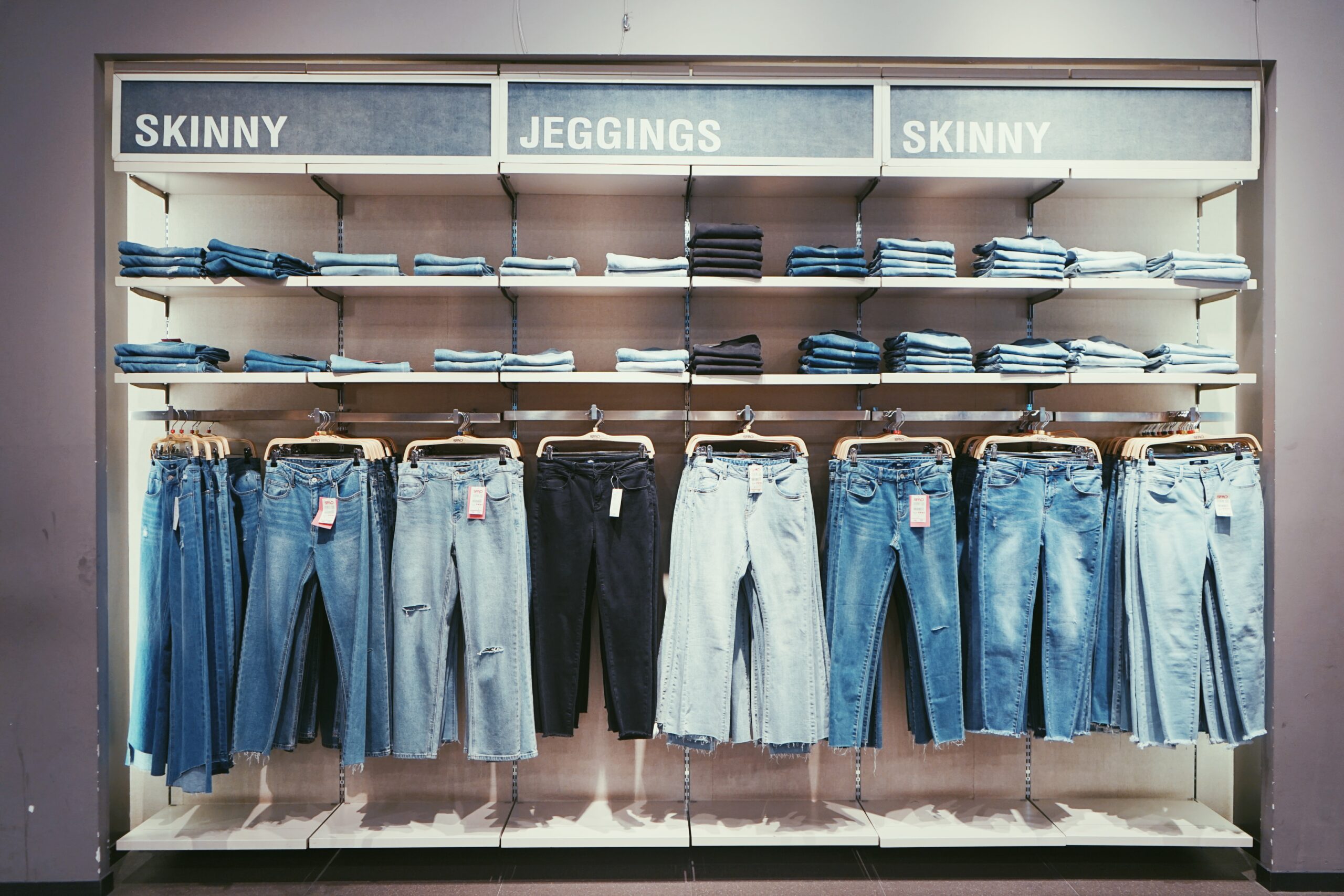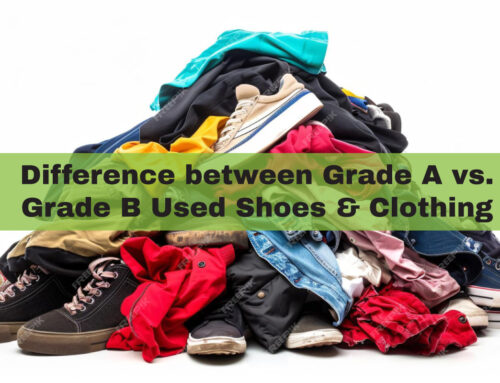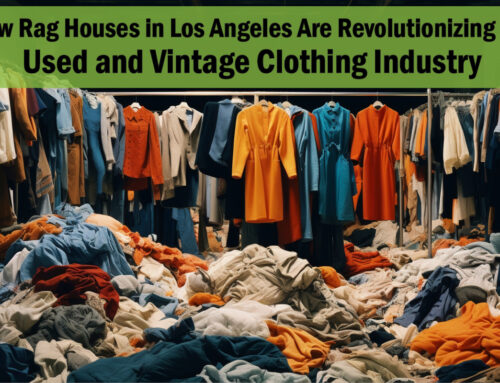3rd May is celebrated as National Textiles Day. Textiles play a big role in our lives, from the clothes we wear to the curtains and upholstery we use. However, the production of new fabrics is causing environmental problems worldwide. Did you know that 10% of all the carbon emissions in the world come from the fashion industry? In fact, the clothing and textile industry is one of the most polluting industries in the world. Switching over to used clothing can significantly reduce fashion’s negative impact on the environment. Let’s understand more about textiles and their environmental impact.
History of Textiles
The history of clothes dates back nearly 100,000 to 500,000 years ago. Textile manufacturing became more prevalent in the Middle Ages, and different styles of clothes were made depending on the fabrics, purpose, and geographic locations. Textiles became more elaborate, and dyed fabrics became popular in the renaissance era.
The Industrial Revolution started the trend of mass-produced textiles. From the 20th century until now, the textile industry has undergone a sea of change. Synthetic fibers are much more easily available, making textile production cheaper and faster. This has led to the trend that we now know as “Fast Fashion.”
How does fast fashion impact the environment?
Fast fashion refers to cheap, trendy clothing in stores with every change of season or fashion trend. It has increased the consumption of clothing, created more fashion waste, and caused irreparable environmental damage.
Fast Fashion is cheap, and to keep prices affordable, brands have to use cheap textile dyes that pollute land and water. It also uses a lot of synthetic fabric, such as nylon and polyester, which contributes to global warming. Synthetic fabric is mostly made of fossil fuel, and excessive use is harmful to the environment.
To keep up with rising demands, clothes are manufactured at extremely high rates, which increases textile waste and causes most items to end up in landfills. Fast fashion has a negative impact on many environmental areas, such as biodiversity, land clearing, and soil quality. Using toxic chemicals also has adverse effects on people and animals exposed to them.
Is recycling the solution?
When we think of recycling, we probably think about aluminum cans and plastic. However, recycling clothes by buying used clothing can minimize the ill effects of fast fashion on the environment. Recycling helps the environment by reducing greenhouse gas emissions, causing fewer clothes from ending up in landfills, and preserving natural resources. It also reduces energy and water use because you need lesser raw materials to convert to new clothes.
The biggest problem with synthetic fabric is that it is not biodegradable. Unlike cotton or paper, they do not decompose naturally and sit in landfills forever. Textile waste also causes land, water, and air pollution.
We can avoid these problems by cutting down on our clothing consumption and recycling what we buy instead of discarding them. Using used clothing gives them another life, preventing them from ending up in landfills.
How does used clothing promote sustainability?
Fast fashion means buying more clothes, and the more you have, the more waste you create. Buying used clothing or reusing the clothes you already have is an excellent way to reduce waste, save money, and increase sustainability.
Rising demand is what drives the fast fashion industry. If you buy less, you put less stress on the global supply chain. Also, textile manufacturing uses a lot of energy, right from the manufacturing stage to the transportation stage. When you buy used clothing, you save energy and materials that would otherwise have been used in making new clothes.
Even if you buy natural fabrics such as cotton, the manufacturing process still uses a lot of water and energy. To produce 1 kg of cotton, you need about 3 kg of chemicals. Not to mention water, pesticides, and herbicides. These chemicals and pesticides end up polluting soil and groundwater.
Buying used clothing is also a great way to get your hands on some high-quality pieces at very affordable prices. Visit any used clothing store, and you are sure to find a lot of popular and luxury brands at dirt cheap prices. Not only can you save a lot of money, but you can also find pieces that you will cherish all your life. By buying used clothing, you increase the life cycle of that garment, which helps reduce waste contamination.
Reusing or recycling clothes helps you make the most of them. If you care for the environment, make it a practice to buy second-hand, regardless of whether you can afford a brand-new item or not. Also, consider donating your clothes to a charity or a used clothing store so that someone else can give your second-hand clothes a new life.
Vintage is in, and you can find some great vintage pieces at used clothing stores. If you want to pick up some great pieces in bulk, check out Samiyatex






